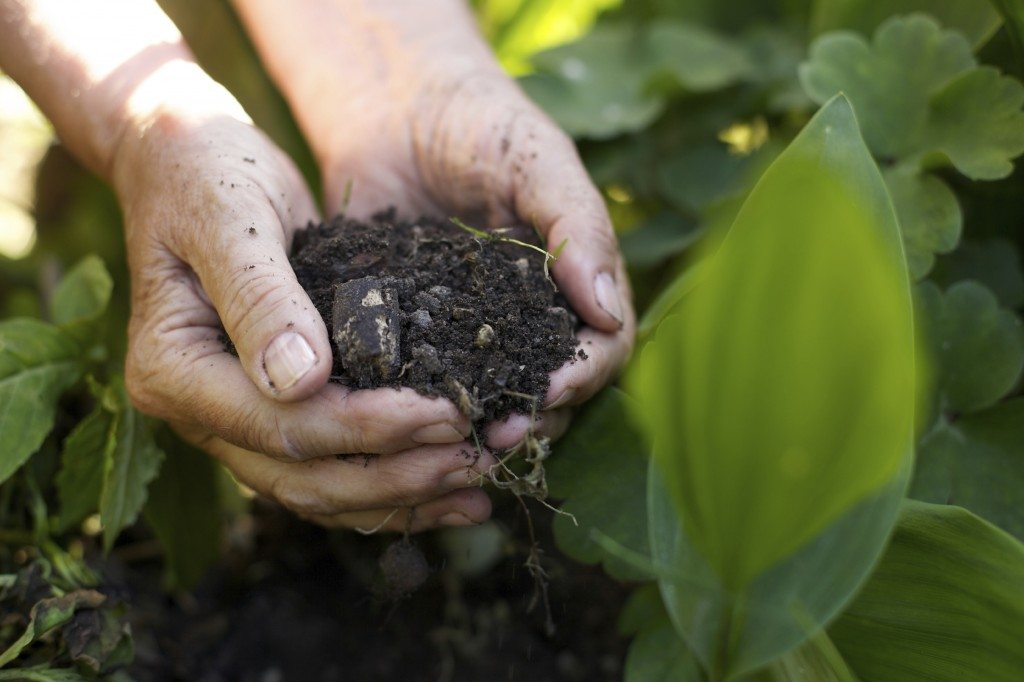[ad_1]
Spinachis most likely among the initial plants you expand yearly, as it can take a touch of frost. It is fast and also very easy to reach the table while temperature levels are still cool exterior. Some obtain the plant expanding in winter months or a minimum of grown by very early springtime. The exploration of downy mildew can be an unsatisfactory obstacle when you’re expecting your initial plant of the year and also go to harvest your spinach. With a little searching prior to harvest, nevertheless, blue mold and mildew does not need to suggest no spinach.
About Spinach with Blue Mold
Managing downy mold, or blue mold and mildew, on spinach can be challenging, as wind-blown spores establish at 48 levels F. (9 C.). As soon as downy mold of spinach shows up, it swiftly contaminates the whole plant, with fallen leaves revealing damages in just 4 to 5 days. New pressures of the condition have drastically contaminated spinach plants the last couple of years. Arizona and also California, which are leading spinach manufacturers in the U.S., are shedding whole areas as downy mold skyrockets to the number one condition contaminating this plant.
Once you see the yellowing, uneven places on leaves and also stems of the young environment-friendlies, and also discover them gone along with by white mold, you still likely have time to plant one more plant. You could not have that choice if you expand spinach as a sale plant.
Controlling Spinach Blue Mold
Treating untouched plants and also close-by dirt with a fungicide can quit the spread of the fungi, Peronospora farinosa, by enabling expanding delegates grow without the virus. Spray an item with energetic components like mefenoxam on spinach leaves that do not show up to have the mold. Track your searchings for and also make the required adjustments for your following spinach growing.
Rotate the leafed environment-friendly right into a various expanding area annual. Permit a minimum of 2 years prior to you return the plant to the yard location where you initially saw the downy mold.
Properly get rid of whole plants with grayish-purple rot or yellowing locations of mold and mildew. When plants begin to bolt from the warm or otherwise quit generating brand-new environment-friendlies, totally get rid of old plants. Do not place them in the compost heap. Great cleanliness techniques, such as tidying up the remains of old plants, maintain your beds totally free and also fresh of virus that could or else stay in the dirt.
Purchase condition immune seeds for your following growing to assist stay clear of spinach with blue mold and mildew. Incorporate these techniques of crop rotation and also growing disease-resistant seeds in all your beds where you expand springtime plants of spinach and also various other salad environment-friendlies.
[ad_2]

